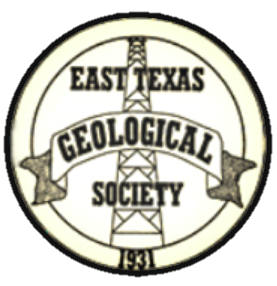Most of you who know me have probably heard me refer to myself as a “Seismic Geologist”. I began my career as a data processor for Western Geophysical and learned not to fear the “wiggle trace”. In 1980 the industry was ravenous for young geologists and geophysicists and, as I have said (facetiously), I could spell “geophysicist” so Conoco made me one. It really wasn’t that easy, but that was the beginning of my career in Exploration. Conoco had a wonderful perspective for explorers. They didn’t care so much what your title was but expected you to be able to work with whatever tools (well log data, seismic, gravity, magnetics, …) existed in the area to which you were assigned. That paradigm became the basis for how I approached my career from that point until now. Being able to integrate both the “geology” and “geophysics” gives the Explorer a more complete perspective of the basins/rocks we deal with and increases our ability to do what we are supposed to do – come up with exploration ideas and identify and mitigate the risks of any prospect.
The term “Seismic Geologist” is a unifying term. To me, a “pure” geologist relates to the world visually while a “pure” geophysicist relates more mathematically. While I understand the concepts of data processing, don’t get me to lying about the math involved in it – I have to view it from a more visual, conceptual basis – hence the term “Seismic Geologist”. My objective has always been directed more to the end use of the seismic data – that being to describe the rocks.
In the past, most work was done on a fairly large scale defined by the distance between wells or between seismic lines. What happened between those control points became hypothetical or conjectural. With the advent of 3D seismic, we were able to significantly reduce that scale, and more precisely define fault patterns and stratal characteristics. But in the seismic world, we still had to deal with the resolution capabilities of the “measuring tool” (wave length) of our seismic data. So predicting “subseismic” characteristics of the rock volume was still pretty much hypothetical or conjectural.
Fast forward to resource plays, horizontal drilling, fracture stimulation and the development of microseismic monitoring. One of the outshoots of microseismic monitoring was to give us a way to get a glimpse at what happens in that subseismic realm as the rocks break (strain) in response to the high pressure fluids injected into them (stress). The processed data from a microseismic monitoring job gives the interpreter a way to calibrate their seismic data to the imaged points of detectable rock failure associated with the frac job. Implications of this kind of data are huge!
Geraldine Haas with MicroSeismic, Inc. will be the speaker for the February 17th luncheon at The Cascades Country Club starting at around 11:30 AM. She will present “PSET® Downhole: Using MicroSeismic (MSI) Surface Monitoring Technology For Down-hole Data Sets”. This innovative processing technique has demonstrated a significant increase in the number of rock failures (fractures) that can be imaged from down-hole monitoring and could be a real deal changer in the microseismic arena. Please make your reservations, and I look forward to seeing you there.
Best Regards,
Dale Short
President, East Texas Geological Society
